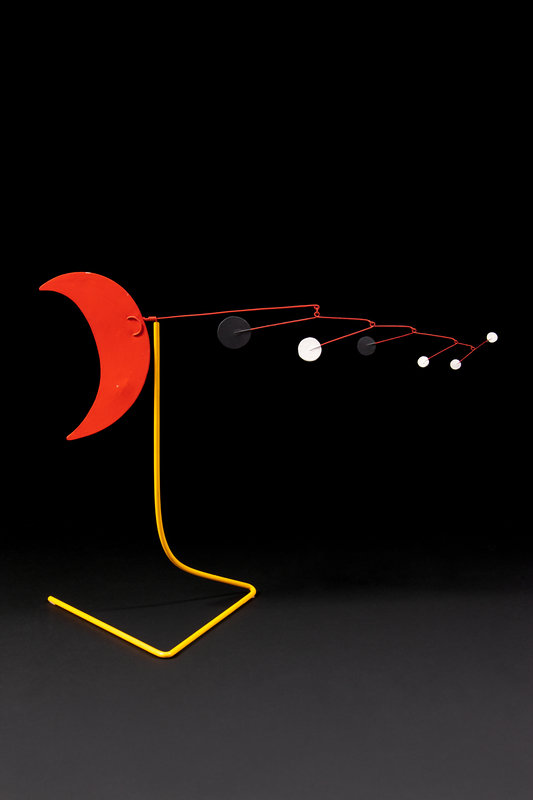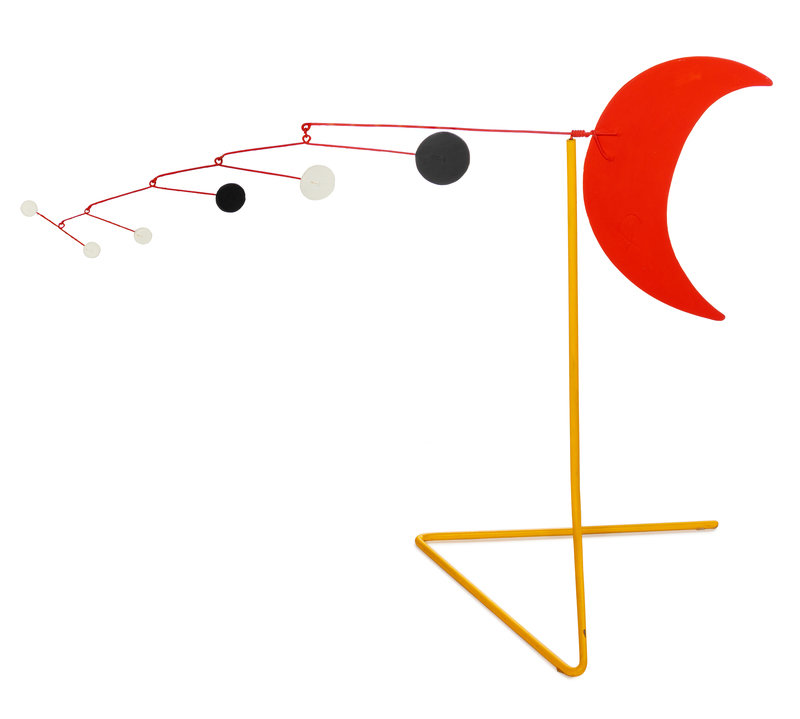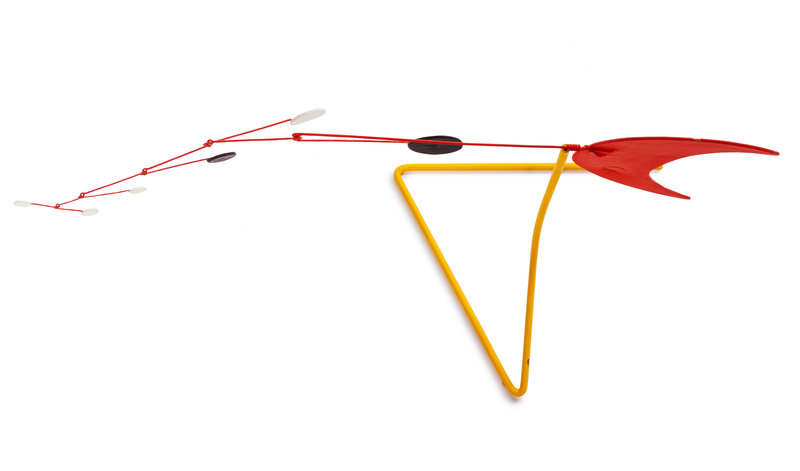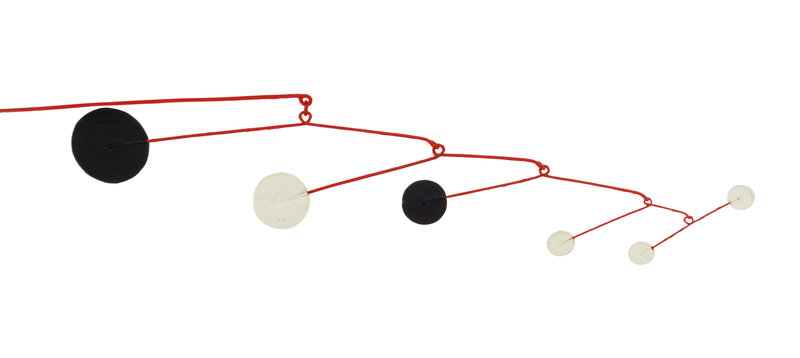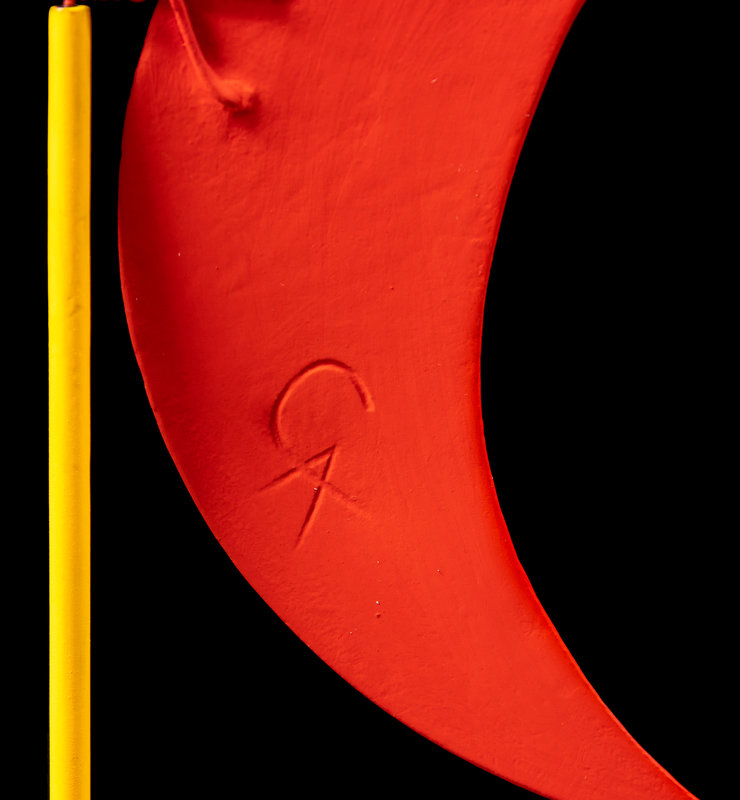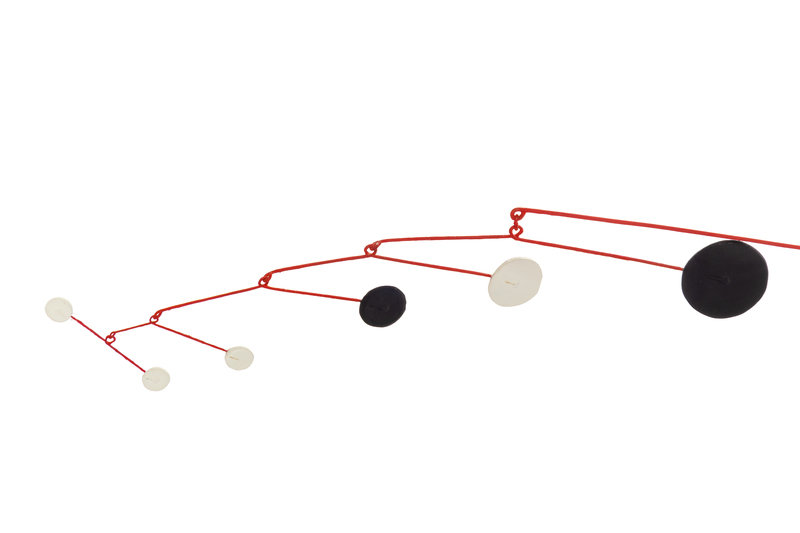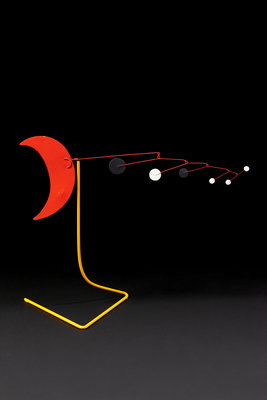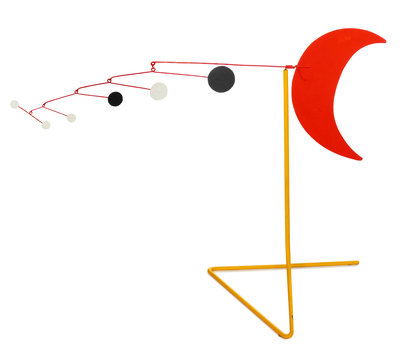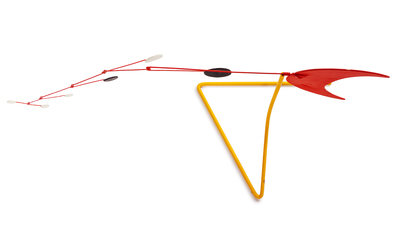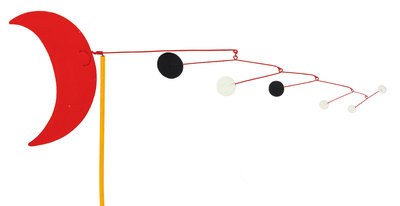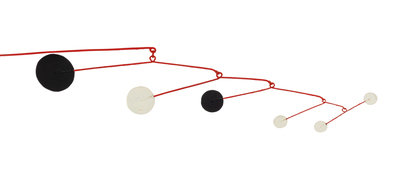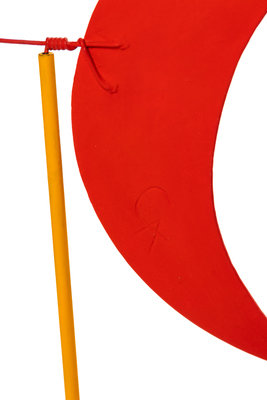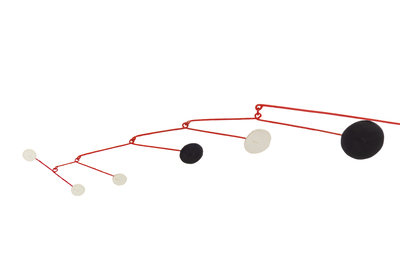Condition Report
Contact Information
Auction Specialist
Lot 62
Alexander Calder
(American, 1898-1976)
Petit poteau jaune (Little Yellow Post)
, 1963
Sale 789 - Post War and Contemporary Art
Oct 1, 2020
10:00AM CT
Live / Chicago
Own a similar item?
Estimate
$200,000 -
300,000
Price Realized
$432,500
Sold prices are inclusive of Buyer’s Premium
Lot Description
Alexander Calder
signed CA to red element
12 x 15 x 7 inches.
Property from the Estate of Joan Conway Crancer, St. Louis, Missouri
(American, 1898-1976)
Petit poteau jaune (Little Yellow Post)
, 1963sheet metal, rod, wire and paint
signed CA to red element
12 x 15 x 7 inches.
Property from the Estate of Joan Conway Crancer, St. Louis, Missouri
